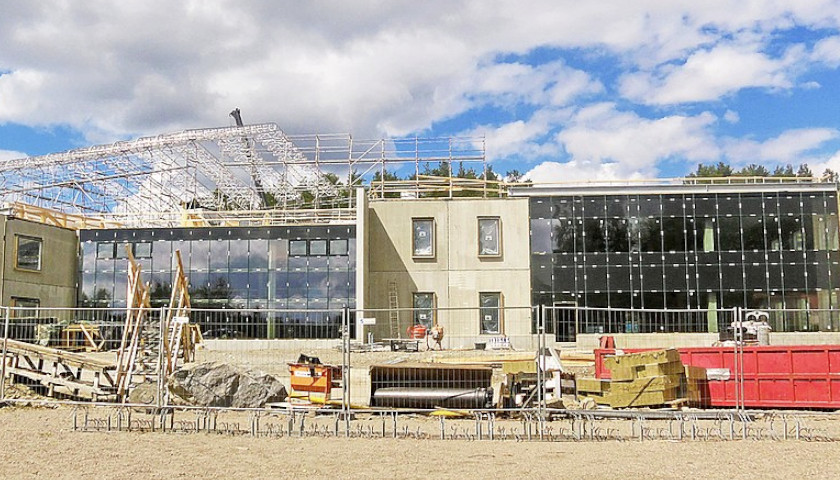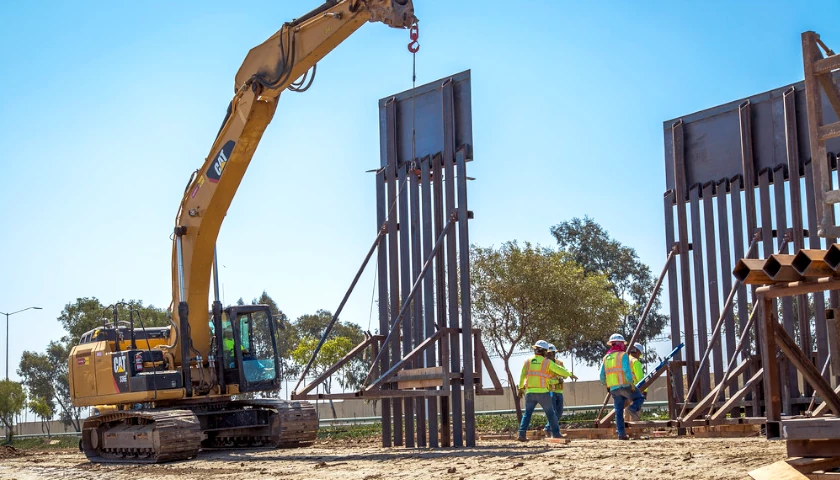Virginia’s Commission on School Construction and Modernization recommended actions for the General Assembly and the governor to take to help fund upgrades and new construction in schools.
A June report to the commission found that 41 percent of school divisions are at or above capacity, and 29 percent are nearing capacity. More than half of school buildings are over 50 years old, and divisions in Western Virginia, southwest, and southside have the oldest buildings with a median age of 58 years.
That report also found that Virginia’s financial support to school divisions comes only from loan programs and some state lottery funding.
“Divisions with higher fiscal stress, on average, have older buildings and longer periods between major renovations,” states a presentation shared with the bipartisan group of legislators, citizens, and Virginia officials on Wednesday.
In the commission’s Wednesday meeting, commissioners approved recommendations, including some from Virginia Department of Education (VDOE) Superintendent James Lane and other VDOE officials.
One recommendation is to increase the cap on loans given to districts from the Literary Fund while also increasing the available amount of money in the fund. The maximum loan amount is currently $7.5 million. In a July letter, Lane recommended an increase to $25 million to cover a greater percentage of the cost of new schools, which range from averages of $21.7 million to $77.4 million.
Another recommendation from the commission to the General Assembly will be to automatically allow all localities to hold referenda on a one percent sales tax to fund school construction cost. Currently, individual localities must ask the General Assembly for the authority to hold such a referendum, and the General Assembly must pass a law granting that request.
The commission also wants the VDOE to recommend standards of quality on maintenance, operations, and school construction requirements.
The commission is recommending that the General Assembly pass a bill that will keep unspent school division funds from reverting back to the locality that helped fund them. Legislators worried that school divisions could feel pressured to spend the money in response to the current use-it-or-lose-it system. Additionally, the commission recommended that incentives be created to create an agreement between localities and school boards over the use of surplus funds at the end of the year.
The commission also approved recommending the requirement of reporting data to the VDOE on an annual basis to monitor school divisions on a long-term basis.
Most of the recommendations were supported by the full commission, with no apparent partisan divides, suggesting that resulting legislation may stand a good chance in the upcoming General Assembly session.
Democratic political operative Paul Goldman said the commission is just posturing.
“You can’t come close to doing what needs to be done without a true federal/state/local partnership,” he wrote in an email.
President Joe Biden initially included $100 billion for school construction and modernization in his social spending “Build Back Better” plan, but with the plan’s massive price tag facing opposition from Republicans and some Democrats, the funding was deleted, US News and World Report said in November.
Senator Tim Kaine (D-Virginia) has been pushing several efforts to pass federal funding for school modernization and rehabilitation. Kaine and Senator Mark Warner (D-Virginia) have reintroduced a School Infrastructure Modernization Act, but the current version has gained little traction so far.
Goldman said, “We had the fix on the two yard line this year in Congress. With any help from commissions like this talking to their representatives in Congress, it passes, we were that close! But at least after all these years, even the phony posturing pols are finally admitting it’s a top issue.”
– – –
Eric Burk is a reporter at The Virginia Star and The Star News Network. Email tips to [email protected].
Photo “School Construction” by Tiia Monto. CC BY-SA 3.0.




